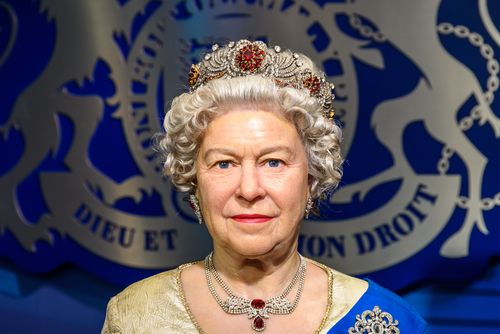 With the loss of Queen Elizabeth II on September 8, 2022, it has been interesting to watch the funeral preparations and ceremonies unfold in the UK. As you might suspect, royal funerals are big affairs, allowing both the commoners and world leaders to pay their respects. They must blend traditional aspects with more modern conventions, which is a careful balancing act.
With the loss of Queen Elizabeth II on September 8, 2022, it has been interesting to watch the funeral preparations and ceremonies unfold in the UK. As you might suspect, royal funerals are big affairs, allowing both the commoners and world leaders to pay their respects. They must blend traditional aspects with more modern conventions, which is a careful balancing act.
The Queen made her own funeral plans, but funeral plans must be approved by the reigning monarch, her son, King Charles III. He must meet with the Earl Marshal, who oversees all ceremonial events for the royal family.
The Royal Undertakers
Leverton & Sons is the funeral home currently engaged by the royal family. The business must be prepared for a royal death to occur at any time. They handled the funerals of the Duke of Edinburgh, the Queen Mother, and Princess Diana. They must follow strict traditions when arranging royal funerals.
The pandemic had an effect on the Duke of Edinburgh’s funeral. Instead of the original guest list of more than 800 people, 30 people attended. Also, his body did not lie in state in Westminster Abbey for the public to view.
Leverton & Sons has been preparing for the Queen’s death since the passing of the Duke of Edinburgh. The plans, under the code name “Operation London Bridge,” included having a “first call coffin” ready at all times.
The coffin was taken to the Queen’s country estate in Balmoral, where she was staying when she passed away. It was displayed in the ballroom, so the household staff could say their goodbyes to the much-loved monarch.
That coffin arrived at the Palace of Holyroodhouse in Edinburgh shortly after, following a six-hour trip from Balmoral. It was displayed in the Throne Room there, again so household staff would have the opportunity to say goodbye. That was the first day of the Queen’s eight-day trip to her final resting place in the King George VI memorial chapel in Windsor.
The Coffin’s Journey
The coffin was taken down the Royal Mile to St. Giles’ Cathedral for a prayer and reflection service, which King Charles III, the Queen Consort, and other members of the royal family attended. A senior palace official said that a selection of people from all walks of Scottish society also went to the service. The coffin laid in state there for 24 hours for the public to be able to say goodbye.
Next, the Queen’s coffin was flown from Edinburgh to London and placed at Buckingham Palace for the staff to say their final farewells. Then the coffin was moved to Westminster Hall to lie in state until the funeral service on Monday the 19th. It was guarded by the Sovereign's Bodyguard, the Foot Guards, and the Household Cavalry Mounted Regiment.
The coffin was moved again to Westminster Abbey for the state funeral. It traveled in procession from the Abbey to Wellington Arch. From the Arch, it went to St. George’s Chapel in Windsor Castle for the burial service in the King George VI memorial chapel.
The Aftermath of the Queen’s Passing
Prince Charles is now known as King Charles III, and his wife is the Queen Consort, on the insistence of Queen Elizabeth II. He is now the reigning monarch over all the nations in the Commonwealth, including Australia and Canada.
Prince William inherits the title of Duke of Cornwall from his father, and his wife, Kate Middleton, is now the Duchess of Cornwall.
Harry and Meghan’s children, Archie and Lilibet, are now Prince and Princess of Sussex, since they are the grandchildren of the reigning monarch.
Queen Elizabeth II’s 70-year reign won’t soon be forgotten. Neither will her final journey and funeral services. The world watched and shared in the grief as the beloved monarch was laid to rest at last.
Add Your Comment